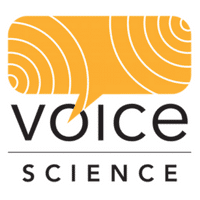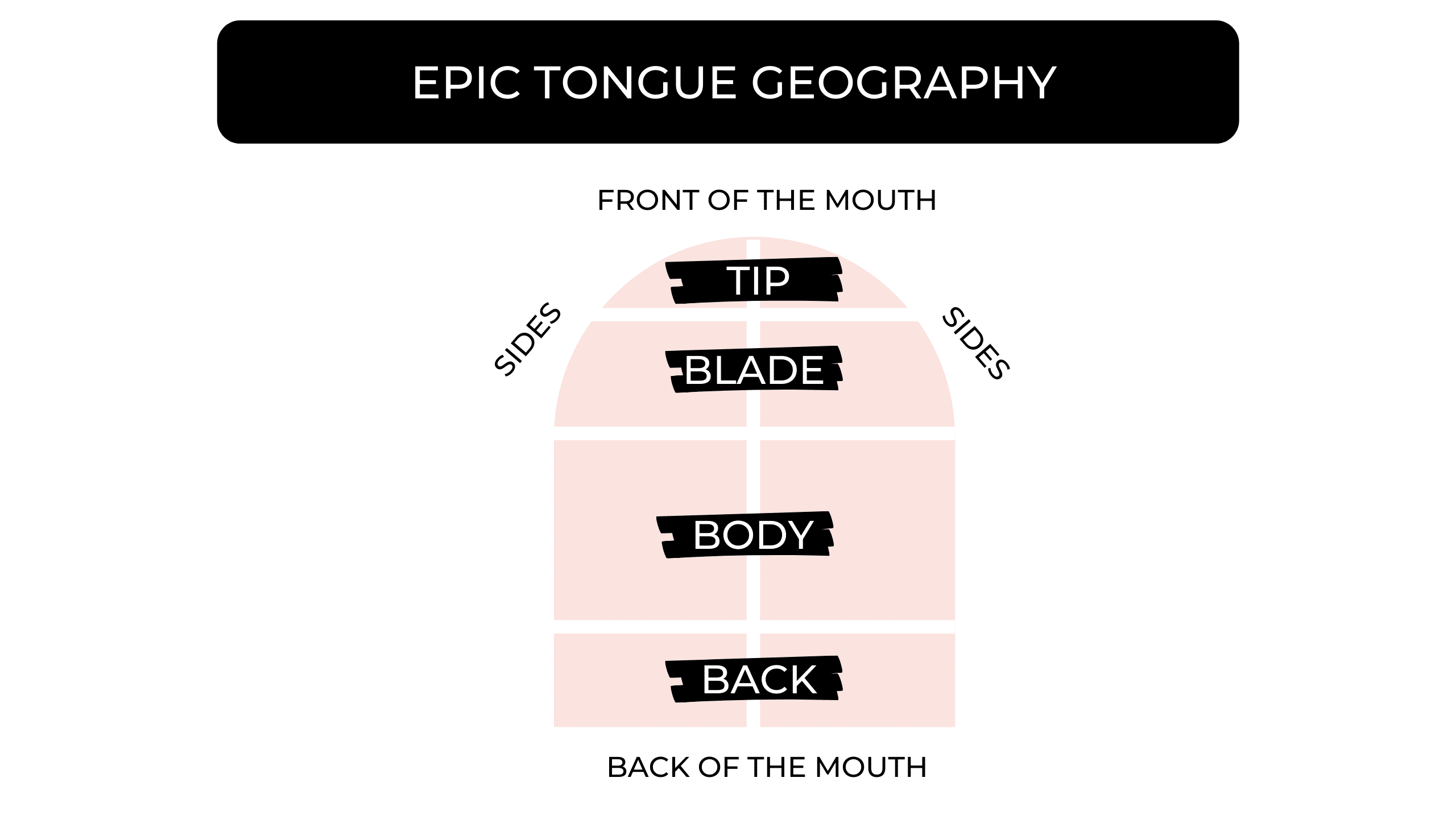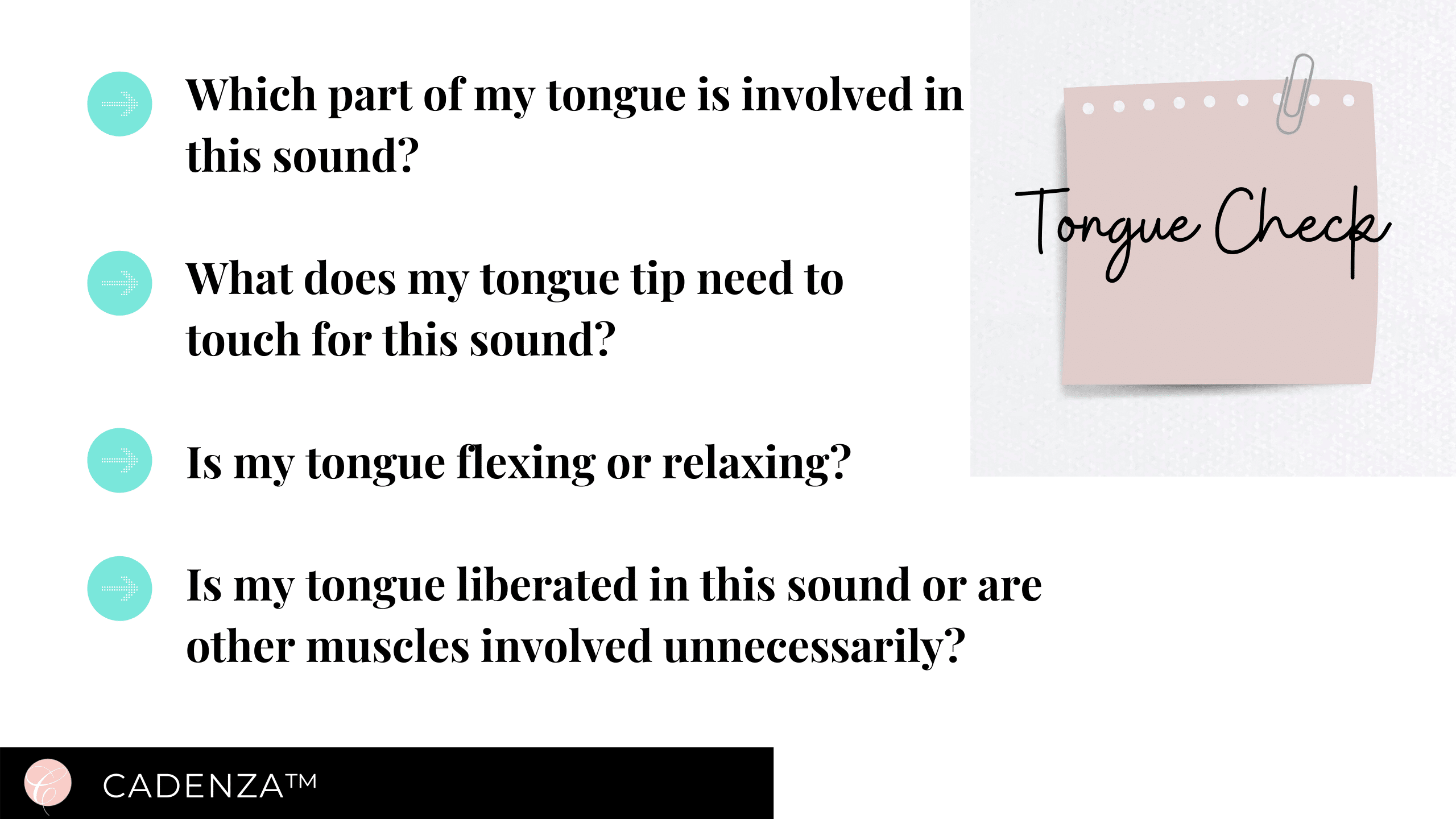TRANSCRIPT
Hey, I’m Sarah, the chief speech pathologist at Voice Science. Welcome back to another episode. Today we’re zooming in on the role of one of the most incredible muscles in your body. Your tongue!
In fact, I’ve written a blog about this over on our website, so make sure you click across to check it.
Yep, that’s right. I’m here to show you the mechanical magic of your tongue and what it needs to do for clear English speaking.
If your gameplan is to boost your English pronunciation clarity and sound more confident when communicating may not have thought for one second that your TONGUE will have a massive role in this process.
Our team of speech pathologists work daily with clients from ALL language backgrounds, and I’ve got to tell you probably 40% – 60% of the info we are going to give you in sessions will be about your tongue.
When we assess your pronunciation, we also take into account your tongue precision and agility.
Ignoring your tongue when working on your pronunciation is like driving a car without wheels. Now you wouldn’t do that, would you, so stay tuned while we uncover.
And here is what you will learn:
- Basic Tongue Geography so that when you work on your English sounds, you can be more specific with tongue movements
- Then we are going to talk about 6 key actions your tongue needs to master for English to give you more awareness about the tongue muscles behaviour
- And finally, I’ll tell you about the 4 Tongue Skills you definitely need if you are thinking about working on your English pronunciation
Ok, so it’s time to learn some tongue geography.
Ok so here is a diagram of your tongue just hanging out in your mouth. We’re looking at it from above.
Now all of these parts of the tongue have a different role for every single sound.
There are so many movements that your tongue needs for English sounds, and when we work with you to help clarify your sounds, it pays to focus in on instructions we give you about your tongue.
Let’s go through some basic tongue maneuvers you’ve got to have to pronounce some essential English sounds.
- Lingual Grasp
ACTION: Here, your tongue can clench, just like your fist would.
USE: Eating, swallowing, singing, speaking
- Lift and curl
ACTION: Here, your tongue tip lifts and curls while the body of the tongue rests low.
USE: Super important to make many English consonants accurately like: /t/ /d/ /n/ and more
- Tip Elevation
ACTION:
Here your tongue lifts to the soft tissue behind your top teeth without the sides of the tongue touching
USE:
Super crucial for sounds like /l/
- Tongue Protrusion
ACTION:
Here your tongue exits your mouth and enters the room
USE:
Essential for eating gelato on a cone but also used for the English TH sound
- Retracting
ACTION:
Here, your tongue moves backwards towards the back of the throat. This is sometimes called bunching.
USE:
Definitely important for eating to drive the food back but also essential for many vowels and consonants of English.
Now, this is not a conclusive list BUT let’s wrap it up with the last one.
- Relaxing
ACTION: Here, your tongue muscle is loose sitting flat at the base of the mouth.
USE: Definitely vital for clean and clear voice when singing, essential for linking (if your tongue is too tight and stiff it will impact on your voice quality and the flow of your words.
There are 4 Tongue Skills You Need when working on your English Pronunciation.
- Precise Tongue Movements for the English Sounds (vowels & consonants all have different requirements) so that your sounds don’t distort
- Smooth coordination with your tongue movement so that you sound more fluent and words link and flow without interruption.
- Sufficient speed of movement- A slow tongue is like a lousy gear change when driving and will increase distortions and reduce your ability to link and sound natural
- Tongue independence.
Now I’m not talking about a new social movement to LIBERATE your tongue.
But it doesn’t hurt to think of this.
At Voice Science, we see a lot of clients struggling to make their tongue move without involving other muscles and structures in the face.
An example of this would be trying to pronounce a clear “TH” and wrinkling up your nose.
Or tightening your jaw too much when pronouncing the /r/ sound which is not only uncomfy for you but also unnatural for your convo partner to see the tension in the chin area.
So now you know all these things what should you do?
If you are working with us and using Cadenza (the personalised digital practice suite that comes with our pronunciation clarity programs), you should now be able to analyse your sounds more effectively.
Take a sound goal that we have identified for you.
And ask yourself the following questions. Now we give this info for you in your sessions, but it pays to review it.
And if you are not a client working with us, take a sound you think is not going well for you, the questions might work to help you get more understanding of the sound, and if you need our help, I’d recommend doing Your Personalised Pronunciation Audit, so you know what sounds require the heavy lifting.
Check Your Tongue!
- Which part of my tongue is involved in this sound
- What does my tongue tip need to touch for this sound
- When I see myself make the sound in a mirror is my tongue independent, or does it get other muscles involved, and I end up looking like I’m doing a crazy dance on my face?
- Is my tongue flexing or relaxing for this sound
If you want to get some feedback on your English pronunciation, you should definitely check out Your Personalised Pronunciation Audit.
You’ll score yourself a total audit into every single sound of English so that you learn which sounds need more work. We’ll also do a fun vocal health survey and spot check aspects of your social communication to make sure you are speaking as comfortably and as confidently as you can.
Otherwise, I hope that this tutorial gave you a chance to learn something new about English pronunciation, especially the role of the tongue!
Thank you so much for being here and spending time listening to these ideas. I hope you feel empowered and inspired. Make sure you follow us over on Instagram & Facebook as well for daily communication tips.
Wanting to level up your English pronunciation, then head to our TIPS page over on our website. There you can find loads of tips and tutorials.
As we conclude, please remember, your voice and message matter immensely so stand tall, smile big and have a great day.
Ciao for now!
Sarah




